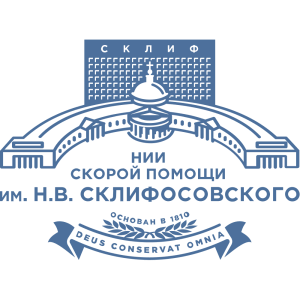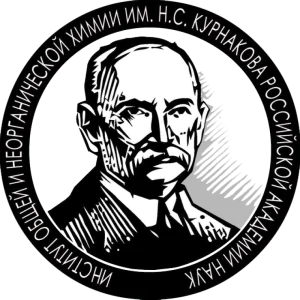
Sepsis-Associated Metabolites and Their Biotransformation by Intestinal Microbiota
High concentration of sepsis-associated aromatic microbial metabolites (AMM) stands as a prognostically unfavorable factor, indicating the progression of multiple organ dysfunction and an increased risk of death in patients with sepsis and septic shock. This study is based on a hypothesis that excess of sepsis-associated AMM in patients with sepsis is caused by metabolic alterations (dysfunction) in the intestinal microbiota.
The aim of this study was to compare the potential of normobiota and pathobiota to bio-transform sepsis-associated metabolites of aromatic amino acids tyrosine and phenylalanine, such as phenyllactic acid(PhLA) and 4-hydroxyphenyllactic acid (4-HPhLA).
Materials and methods. Samples of intestinal contents of patients with septic shock (N=10, pathobiota) and healthy volunteers (N=9, normobiota) were placed in test tubes with the omnipurpose thioglycol medium. The clinical model of excessive inflow of sepsis-associated AMM into the intestine (for example, from blood or sites of inflammation) was reproduced in the in vitro experiment by adding PhLA or 4-HPhLA in clinically significant concentrations (25 mkM) into each test tube with pathobiota and normobiota. After incubation in a thermostat (37°, 24 hours), AMМ concentrations were measured in the samples with pathobiota and normobiota using GC-MS analysis.
Results. Concentration of AMM decreased within 24 hours in the tubes with normobiota after PhLA or 4-HPhLA were added. In the tubes with pathobiota, no decrease in AMM concentrations was documented after loading with PhLA or 4-HPhLA. Concentrations of PhLA (P=0.002) and 4-HPhLA (P0.001) were statistically significantly higher in pathobiota samples compared to normobiota.
Conclusion. The in vitro experiment demonstrates that after excessive load with sepsis-associated metabolites (PhLA, 4-HPhLA), the microbiota of healthy people is capable to bio-transform such metabolites to the end products of microbial metabolism, while pathobiota of septic patients exhibits altered biotransformational potential. This data demonstrate that microbiota dysfunction may contribute to the pathogenesis of sepsis.
Top-30
Journals
|
1
2
|
|
|
Annals of critical care
2 publications, 22.22%
|
|
|
Anesteziologiya i Reanimatologiya
2 publications, 22.22%
|
|
|
Russian Chemical Reviews
1 publication, 11.11%
|
|
|
Journal of Clinical Medicine
1 publication, 11.11%
|
|
|
Biomedicines
1 publication, 11.11%
|
|
|
Obshchaya Reanimatologiya
1 publication, 11.11%
|
|
|
Microorganisms
1 publication, 11.11%
|
|
|
1
2
|
Publishers
|
1
2
3
|
|
|
MDPI
3 publications, 33.33%
|
|
|
Practical Medicine Publishing House
2 publications, 22.22%
|
|
|
Media Sphere Publishing House
2 publications, 22.22%
|
|
|
Autonomous Non-profit Organization Editorial Board of the journal Uspekhi Khimii
1 publication, 11.11%
|
|
|
FSBI SRIGR RAMS
1 publication, 11.11%
|
|
|
1
2
3
|
- We do not take into account publications without a DOI.
- Statistics recalculated weekly.









